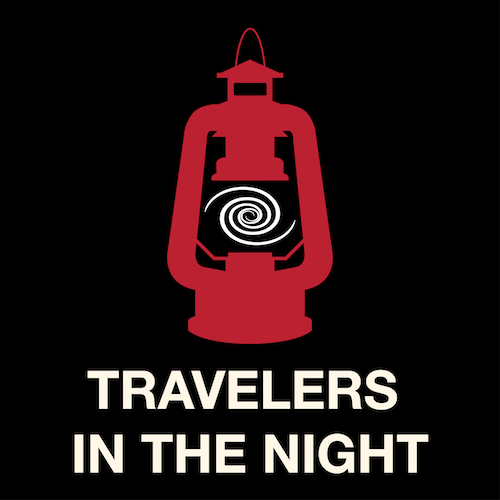The Earth is teeming with life, but the upper atmosphere to kilometers underground. There’s no question that our planet has life. But is our planet itself alive?


The Earth is teeming with life, but the upper atmosphere to kilometers underground. There’s no question that our planet has life. But is our planet itself alive?

Scientists propose using changes in the distance from the Earth to the Moon and measured by lasers as a way to detect the phenomenon of gravitational waves. Plus, JWST is working, ExoMars is at risk.

Podcaster: Fraser Cain & Dr. Pamela Gay Title: Astronomy Cast Ep. 626: Terrestrial Planets – Mercury, Venus, Earth & Mars Organization: Astronomy Cast Link: http://www.astronomycast.com Description: We continue our refreshed tour of the solar system, checking in on the inner terrestrial planets, Mercury, Venus, Earth and Mars. What have we learned about the formation, evolution […]

Today Travelers in the Night will bring you stories about the discovery of 2015 GL13 and the basic building blocks of life were brought by small bodies. #365DaysOfAstro

Finding Earth-sized planets around other stars is a very exciting area of astronomical research. Recently a team lead by Dr. Katie Lester followed up data from the TESS satellite using the International Gemini Observatory and the WIYN 3.5 meter telescope at Kitt Peak. They found that we may be missing many Earth-sized worlds orbiting binary stars. This podcast explores how they reached this interesting conclusion and how we may go about finding these worlds in the future.

Today we have stories about the dwarf planet Ceres and asteroid 2014 YW14 discovered by Rose Matheny

Why do people believe the Earth is flat? How do we know it’s curved? Is a debate even worth it? I discuss these questions and more in today’s Ask a Spaceman!

Today we talk about our own home world: Earth. You might think you know the planet beneath your feet, but it’s actually one of the most interesting and dynamic places in the Solar System.

The Solar System is a really big place, and it takes forever to travel from world to world with traditional chemical rockets. But one technique, developed back in the 1960s might provide a way to dramatically shorten our travel times: nuclear rockets.

Although you can’t see the extremely faint geocorona, you can observe other components of the Earth’s nightly airglow.